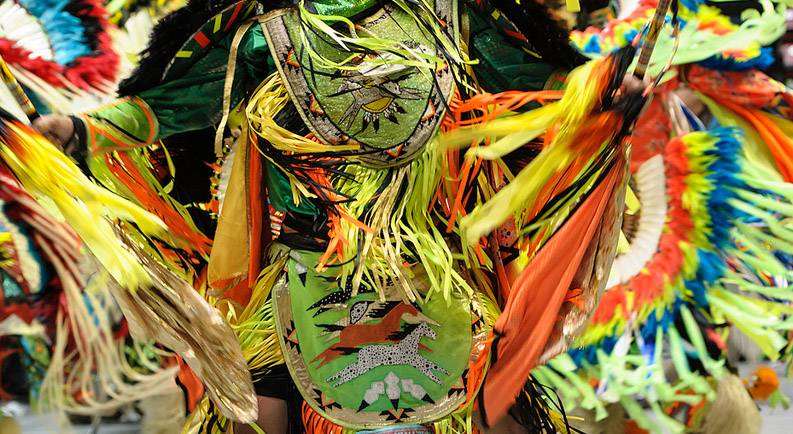
20 Jul Methods for Locating Native American Records
Many family history researchers want to learn more about their Native American ancestors. There are online guides, records collections and specialized resources to help you. It helps to know your ancestor’s tribe to locate tribal, state and federal records. It allows you to follow a trail of evidence and make a more confident identification.
State Records
The United States government has records relating to Native Americans at both the state and federal levels. A great deal of information is available in this collection, including census records and historical documents about Indian schools, allotments and more. It is a great resource for those seeking to learn more about their Native American heritage. Many people have family stories that suggest there are Native American ancestors in their tree, but without evidence of this, it can be difficult to prove or disprove this. It is always worth searching for clues and checking out all the options available to you, however. If nothing comes of it, do not give up – you never know when that next piece of the puzzle will fall into place! A good place to start your search is at the state level. Look for historical documents relating to the Bureau of Indian Affairs agencies and reservations, census records, churches, schools, etc. Many of these native american records have now been digitized and can be found online via sites.
Federal Records
If you’re searching for documents and archival items related to Native American family history, it might be helpful, to begin with federal records. The National Archives has various forms about American Indian and Alaska Native tribes, bands, communities and individuals that can provide important information. The following are a few online guides, record collections and specialized resources that can help family historians identify possible Native American Ancestry. It is recommended that genealogical best practices be followed when determining any potential connection to Native American Ancestry. It includes establishing a strong linear relationship with an individual and using documented evidence of this connection. It is also advisable to contact local population groupings directly if you have proof that you have an immediate Native American ancestor, as many of these groups have their research assistance available.
The National Archives has several online guides and records collections that can be useful for those seeking to trace their Native American family heritage. Their American Indian Research page provides an efficient jumping-off point for searches by subject area, including federal agencies and reservations, census, church, schools, allotment, tribal enrollment, military, removal and more. The National Archives collected federal census records from 1790 to 1920. These enumerations are often bare bones, providing only names and ages of individuals and not necessarily their specific tribes or band membership. Richer data can be found in tribal enrollment applications compiled after the passage of the Dawes Act. These documents can provide information such as the enrollee’s name, birth date, sex, blood degree and type, Dawes roll number and the specific allotment in which they received land.
Local Records
The first step in researching Native American Ancestry is to explore local records. It could include:
- Church and school records
- Newspapers
- Historical societies and libraries
- Other public or private family collections
For instance, those looking for Cherokee ancestors can begin their research with the Dawes Rolls. This group provides information on family members, including their name, enrollment number and date, residence, birth dates and places, relations, occupations, parents and more. The National Archives provides a free tutorial and access to these records.
Another valuable source is the Bureau of Indian Affairs agency and reservation records. These records are a great place to start for those with a specific tribe in mind who want to learn more about their history, culture and language. The National Archives provides a useful research guide on its website that lists various record types, including Indian census, schools, annuity and allotment records, removal records, and more.
Many National Archives records are available online, but others can only be viewed in person at research locations throughout the United States. If you are ready to tackle your search for Native American Ancestry, it is important to use as much information as possible to locate the most relevant records. Doing this can uncover a wealth of information about your ancestor and their unique Native heritage.
Tribal Records
Obtaining records that prove your Native American roots may be more challenging than you think. It’s important to confirm if you have a direct ancestor who belonged to a tribe recognized by the federal government. Then, you must document that person using birth, marriage and death records and other documents a tribe requires for membership. This process can take a long time and often leads to dead ends, but keep going. There is a wealth of genealogy resources for tracing Native American heritage, including special census records and Indian allotment and school records.
Start with your family and work through the generations, relationship by relationship, until you find reliable documentation identifying your ancestor as an American Indian. During this process, you may find that some of your family members served as government employees involved with Indian affairs, such as teachers and nurses. You can find many of these types of documents at the National Archives.

Sorry, the comment form is closed at this time.